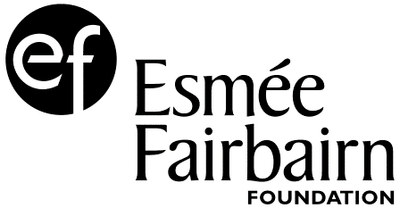Instruments in the Pitt Rivers Museum Collections
When Pitt-Rivers gave his collection of 20,000 objects to Oxford University in 1884 just over 300 were musical instruments. His search for the 'commoner class of object', as opposed to a concern with the acquisition of beautiful and unusual instruments, might help account for the unique quality of the Museum's collection of musical instruments.
The original collection was gathered via auctions in England, complemented by examples from Pitt-Rivers' travels in army service in Europe. Afterwards, the musical instrument collection was enhanced through the fieldwork and travel of members of Oxford University, explorers, missionaries and colonial administrators.
The polymath Henry Balfour, the Museum's first curator between 1890 and 1939, was especially interested in musical instruments. He drew, demonstrated, and researched many different types of instrument. In 1929 Balfour rewrote the section on musical instruments in Notes and Queries on Anthropology, advising field collectors on good practice. He noted:
"Any object whether natural or artificial, and however simple, which is employed for the purpose of producing sound (whether 'musical' in an aesthetic sense or not) should be included as a musical instrument."
By the time of Balfour's death in 1939, the musical instrument collection numbered over 4,000 items, with the range of instruments from Europe and from the rest of the world well balanced.
During the curatorship of T.K. Penniman between 1939 and 1963, a new group of instruments were added to the collections – barrel organs and mechanical musical instruments – as well as some of the first keyboard instruments, including Italian Virginals made in 1552.
Dr Hélène la Rue was a pioneering music curator who achieved great distinction in developing the Museum's music and sound collections from the 1970s onwards. University Lecturer in Ethnomusicology and Organology, Curator of the Bate Collection of Musical Instruments, and Curator of the Musical Collections at the Pitt Rivers Museum, all posts she held coterminously between 1995 and 2007, Hélène established the Music Makers Gallery in 1986 in a dedicated building on Oxford's Banbury Road (now part of Kellogg College). Hélène set herself the task of bringing the variety of musical material to life, and oversaw an active programme of practical music-making workshops, residences and performances. Until her untimely death in 2007, the Gallery was filled with the sounds of Northumbrian pipers, Indian tabla players and Javanese gamelan musicians and dancers. Hélène also hosted visits from Maori musicians, Senegambian drummers and balafon players, and Nigerian flute players.
Today, the Museum has a diverse range of musical instruments on display in several cases in the Court. Examples range from friction drums to the Hardanger fiddle, and from pigeon whistles to bone and bronze voice disguisers. The total number of instruments in the collections currently numbers over 9000, of which just over 1200 are currently on display.
Most of the instruments are not playable, but are preserved as records of how an instrument has been built, and thus remain mute. The Museum has sourced and included some sound samples for inclusion on an audio guide available to visitors. We are also currently in the process of designing a new soundscape to further illustrate aspects of the gallery displays.
The Museum holds an example of a Bayaka Mondumé donated by Louis Sarno in 1997, together with all of his field recordings and images.
To search the PRM database please visit: http://objects.prm.ox.ac.uk/
Enquiries
For musical instruments: This email address is being protected from spambots. You need JavaScript enabled to view it.
Sound recordings: This email address is being protected from spambots. You need JavaScript enabled to view it.
-
 Click to enlarge
Click to enlarge
Click to enlarge
Click to enlarge
-
 Click to enlarge
Click to enlarge
Click to enlarge
Click to enlarge
-
 Click to enlarge
Click to enlarge
Click to enlarge
Click to enlarge
-
 Click to enlarge
Click to enlarge
Click to enlarge
Click to enlarge
-
 Click to enlarge
Click to enlarge
Click to enlarge
Click to enlarge
-
 Click to enlarge
Click to enlarge
Click to enlarge
Click to enlarge
-
 Click to enlarge
Click to enlarge
Click to enlarge
Click to enlarge
-
 Click to enlarge
Click to enlarge
Click to enlarge
Click to enlarge
-
 Click to enlarge
Click to enlarge
Click to enlarge
Click to enlarge


